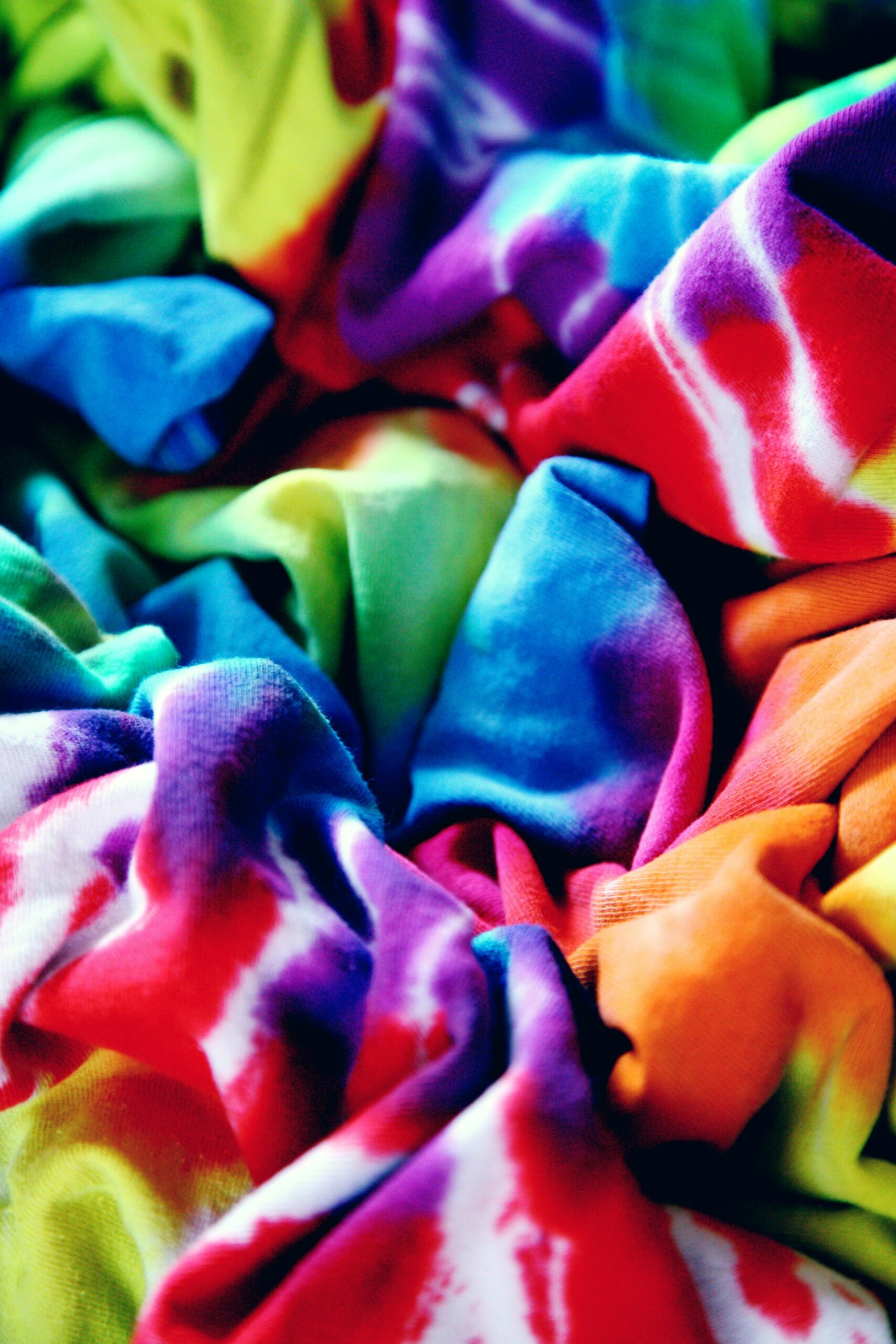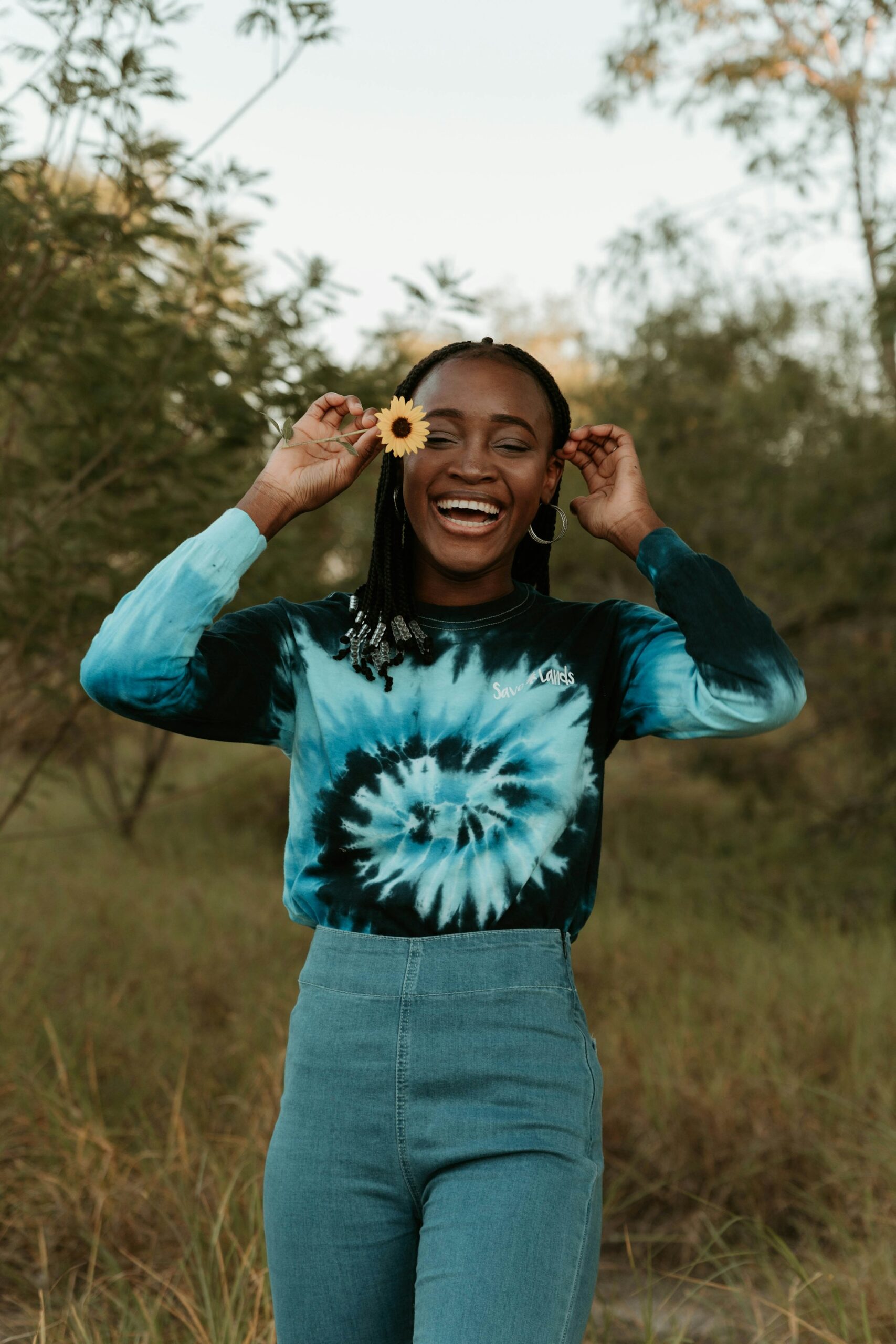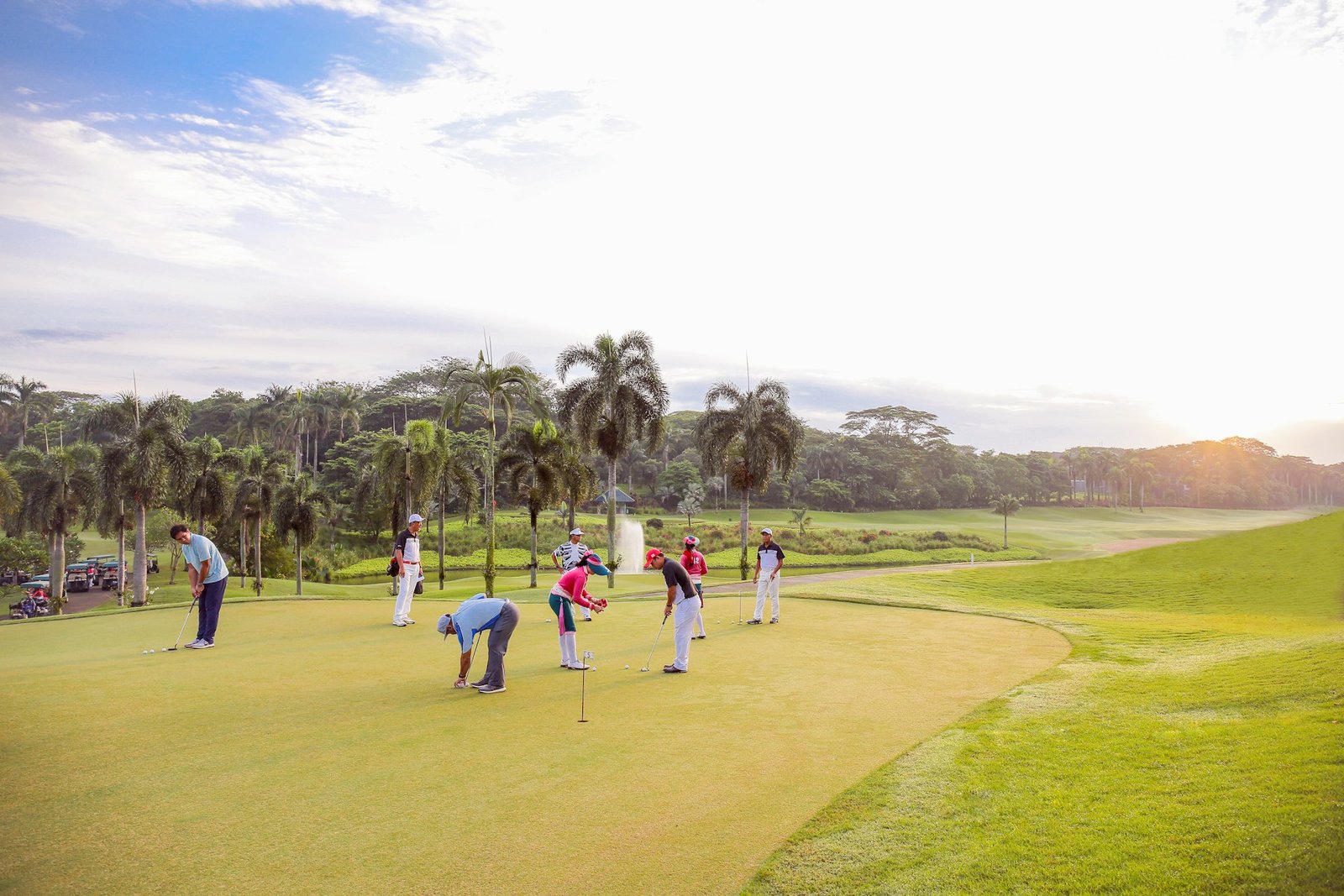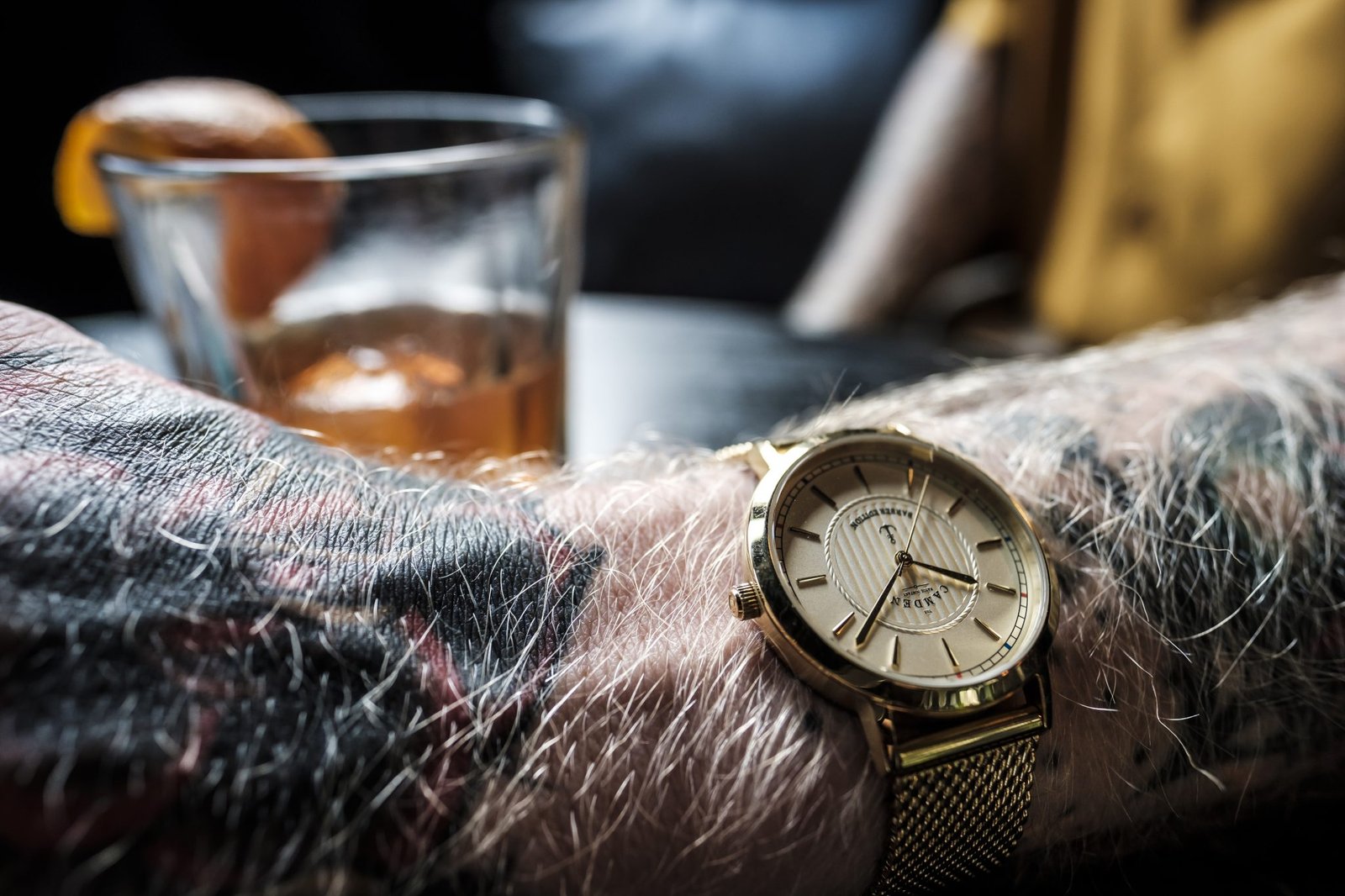Tie-dye is undergoing a vibrant resurgence lately, captivating creators with its mesmerizing patterns and colorful designs.
This ancient yet dynamic art form spans cultures and eras, epitomizing free-flowing self-expression. From its global roots to modern revival, this guide explores tie-dye techniques for unlocking your inner artist through fabric manipulation and vivid dyes.
Tie-Dye’s Global Journey
Trade networks carried tie-dyed textiles from Asia to Europe by the 17th century, intriguing Western creators with exotic new patterns and colors. As global merchants imported vivid Indian chintzes and African mud cloths to Europe, local artisans began emulating these complex technical styles by hand, further popularizing similar aesthetic visions spanning cultures.
Later on in the 1960s, a renewed wave of Eastern spiritual practices and nature-inspired design triggered the psychedelic art movement within American counterculture circles rediscovering tie-dye’s mesmerizing visual effects. Paired with hippie fashions, music festivals and anti-establishment ideals, tie-dyed t-shirts symbolized personal expression, harmony and creative rebellion. Presently, tie-dye continues permeating contemporary style through its message of uniqueness and skillful artistry across ages, borders and eras.
Tie-Dye Techniques: Unleash Your Creativity
Tie-dye offers a wide array of techniques, each resulting in distinctive patterns and effects. Here are some popular methods for beginners to try:
Crumple Tie-Dye
Randomly gathering portions of the tee into tight bundles secured with rubber bands creates concentrated starbursts of color once opened after dyeing for an organic look.
Spiral Tie-Dye
Twisting fabric into spirals fans dyes into gradient concentrations for bold circular motifs along the design’s curves.
Bullseye Tie-Dye
Pinching and wrapping the tee’s center using rubber bands pulls dyes toward the edges forming signature bullseye effects.
Sunburst Tie-Dye
Cinching fabric into pie slice sections fanned out from a central point diffuses dyes into bright bursts, like tropical sun rays shining outward.
Ombre Tie-Dye
Bleeding single hues from concentrated areas create soft color transitions like a painter’s brushstroke for atmospheric depth.
Shibori Tie-Dye
Traditionally shaped by strategic fabric manipulation producing signature moth, spiderweb and ring designs, modern Shibori techniques like stitching and clamping add new dimensions to patterns.

The Modern Resurgence of Tie-Dye
Despite its age-old origins, tie-dyeing is undergoing a major comeback lately driven by:
- Nostalgia: Vintage styled psychedelic prints unlock fond memories for older demographics while offering younger groups a symbolic protest of mass production and creative liberation.
- Individuality: Tie-dyed pieces double as proud artistic expressions of individual identities counter to cookie cutter designs flooding stores.
- Versatility: Aside from t-shirts, everything from shoes, bags, homewares and accessories rock tie-dyed looks suitable for any occasion.
- Sustainability: Upcycling with non-toxic dyes aligns with eco-conscious consumerism while supporting artisanal production.
Tie-Dye Techniques: A Deeper Dive
Let’s explore some of the most popular tie-dye techniques yielding stunning outcomes for beginners:
Shibori
This ancient Japanese technique traditionally gathers portions of fabric using thread, but modern tie-dyers often incorporate rubber bands and clamps to achieve similar patterning effects. Common shapes include:
Arashi Shibori
Diagonal stripes create billowing movement mimicking gusts of winds.
Itajime Shibori
Sculptural shapes pressed into the fabric form geometric blocks of concentrated color like mosaics.
Kumo Shibori
Pinching swirled designs yield organic webs with an atmospheric tide-like flow when dyed.
Crumple Tie-Dye
Scrunching areas into loose spheroids secured tightly to prevent escaping dye seeps vibrant tones randomly throughout bundles erupting in a starburst once untied. Varying rubber band tightness and sizes layer within the crumples increase dimensional depth.
Spiral Tie-Dye
Twisting garments from end to end into coils before neatly binding maintains curl shapes tracing dye pigments along the contoured fabric lanes once released. The tighter the coil, the more compact the spiral patterns become.
Bullseye Tie-Dye
Concentrically gathering and binding a shirt’s central area pulls dye toward the exterior fabric creating a vividly colored ring around Treatment with multiple hues amplifies the bullseye effect.
Sunburst Tie-Dye
Mimicking sun rays shining outward, cinching triangles of fabric emanating from a focal centerpoint guides dyes into brilliant bursts as binding confines their spread. Try different geometric slicing approaches like zig zags or diamonds too.
Tie-Dye Tips and Tricks
Here are handy tips for flawless outcomes:
Use high-quality fabric: natural fibers like cotton or silk absorb dyes better with textures that stand out.
- Prewash fabric: Eliminating sizing chemicals helps colors soak in evenly across the material.
- Use soda ash: The salt solution preps fabrics and improves pigment bonding so hues resist fading over time.
- Experiment with different folding and tying methods playing with layered shapes and negative space across the tee.
- Use multiple colors: Layering complimentary or contrasting tones creates added depth and dimensions.
Let your creativity flow freely exploring patterns meaningful to you guided by cultural heritage or individuality.

Tips for Tie-Dye Success
Follow essential best practices to ensure vivid flawless results every time:
- Fabric Choice: Pick prime materials like 100% cotton or silk with textures that grab dyes. Prewash eliminates sizing chemicals interfering with absorption.
- Dye Selection: Start out with fiber-reactive dyes formulated especially for natural fabrics bonding colors into fibers preventing fading over time compared to all-purpose RIT alternatives.
- Preparation: Mix powder dyes with room temperature water per package instructions until fully dissolved then add soda ash activating solution to help fibers readily absorb richer, longer-lasting pigment.
- Binding: Gather fabric portions evenly then bind tightly with plastic ties or rubber bands to achieve desired patterns. Latex gloves prevent stained hands.
- Dye Application: Wearing an apron, slowly drizzle dye mixtures across bound sections allowing time for full saturation leaving binding ties for 8-24 hours ensuring all fabric areas contact dyes sufficiently.
- Setting: Boil washed, fully soaked fabrics on a stovetop for 10 minutes then rinse until water runs clear eliminating excess dyes for clean crisp lines rather than muddy overlapping hues.
- Rinsing: Cool fabrics come alive under cold water rinsing revealing intricate patterns and vibrant shades. Rinse until the water runs clear.
- Drying: Lay finished pieces flat avoiding direct sunlight to fully cure dyes setting them permanently into fibers preventing future running when washed.
Tie-Dye Inspiration: Endless Possibilities
This dynamic medium permits unlimited creativity, translatable across numerous surfaces:
- Clothing: Tie Dye Shirts, dresses, socks, and jeans channel personal flair. Even neutral pieces gain new life dyed vibrantly.
- Home Décor: Wall hangings, tapestries, pillows, and table runners liven indoor spaces with saturated colors.
- Accessories: Vividly patterned scarves, jewelry, hats, bags, and face masks add an eye-catching and protective style.
- Gifts: One-of-a-kind hand-dyed keepsakes allow friends to proudly flaunt custom mementos marking special occasions.
Beyond the Basics: Exploring Tie-Dye Variations
Once mastering fundamental approaches, try these tie-dye extensions:
- Ice Dyeing: Laying color-soaked fabrics atop beds of ice spikes spiderwebbing crackled effects mimicking frosted windows once thawed. Varying melting rates create organic variations.
- Discharge Dyeing: Removing dyes from finished darker fabrics using color discharge pastes reveals lighter tie-dye resistant designs underneath when soaked and washed out. Complex layers emerge subtractively unveiling hidden dimensions.
- Low-Water Immersion Dyeing: Minimizing water to just beyond fabric surface tension concentrates dye interactions for saturation yielding extremely vivid colors bordering neon intensities even on cellulose fibers normally resisting absorption like hemp or linen.
- Overdyeing: Dyeing pre-patterned fabrics layers new colors atop older ones melding multiple patterns simultaneously where hues intersect across space for intricate depth and texture.
Conclusion
Tie-dye encompasses centuries of textile traditions from around the globe while empowering modern creators to invent completely new styles matching their vision. Experimenting with spirals, sunbursts, and Shibori designs unlocks mesmerizing patterns stamped onto fabric canvases full of movement and life. Pair fundamental color theory with quality materials for professional-grade finishes worth proud displays. Whether reinventing vintage looks or charting newer aesthetics, tie-dye’s endless flexibility beckons your inner artist to materialize dreams into vibrant form.






